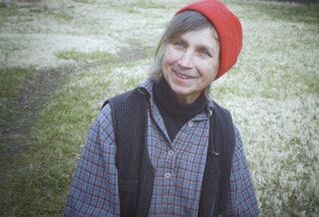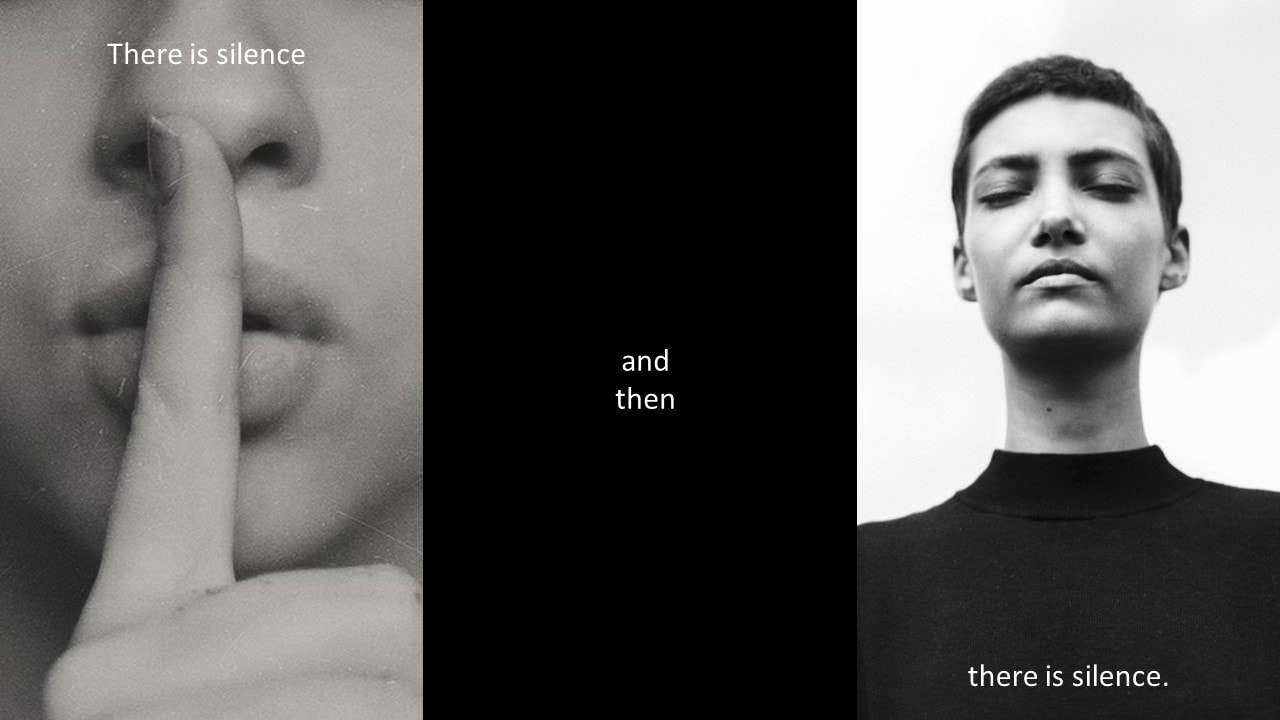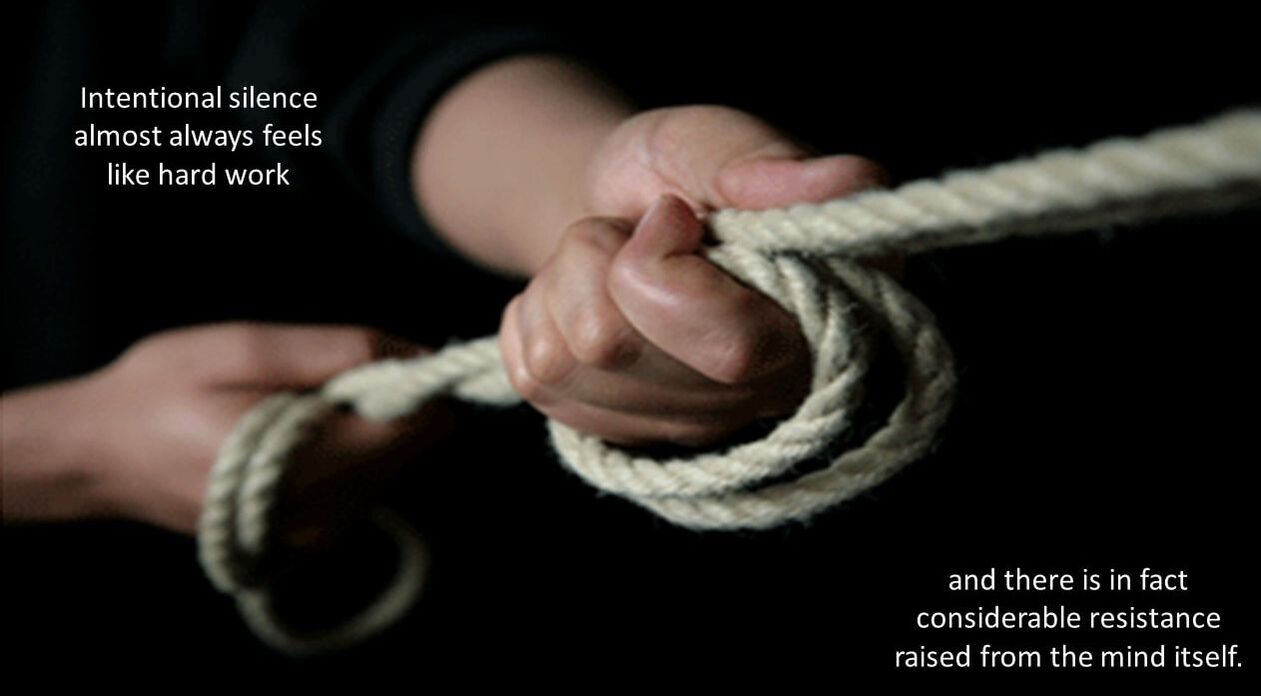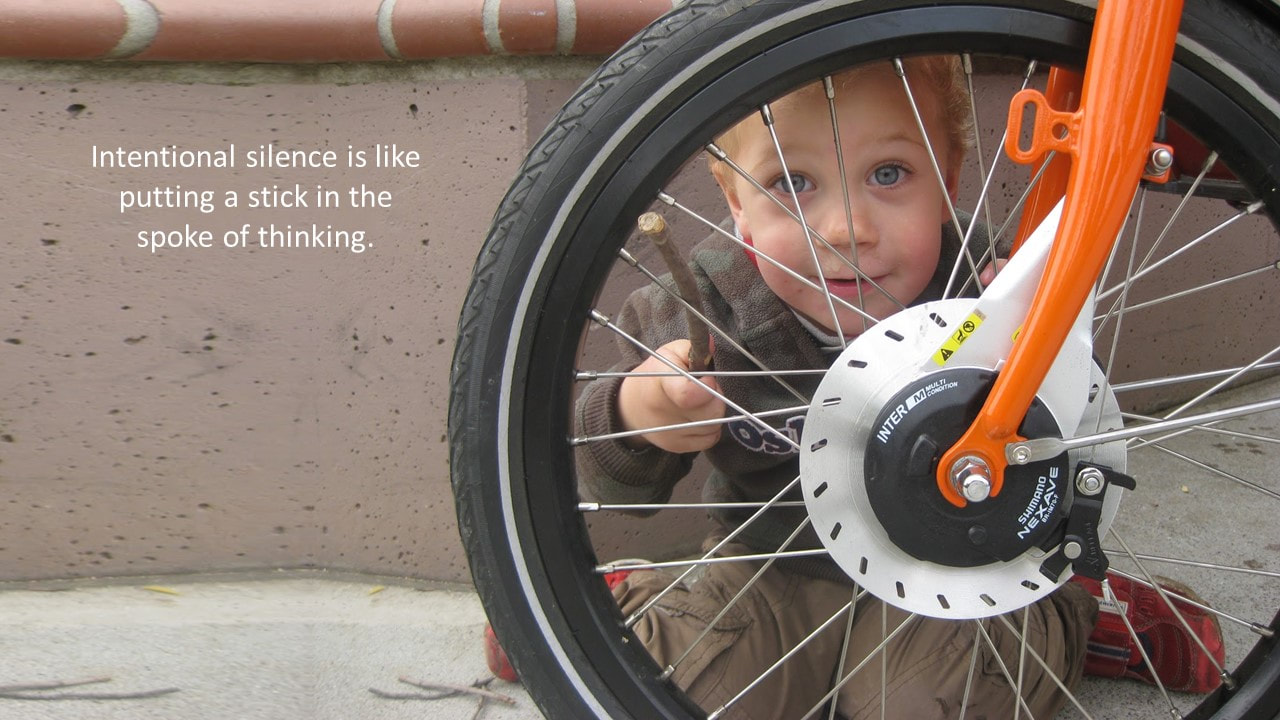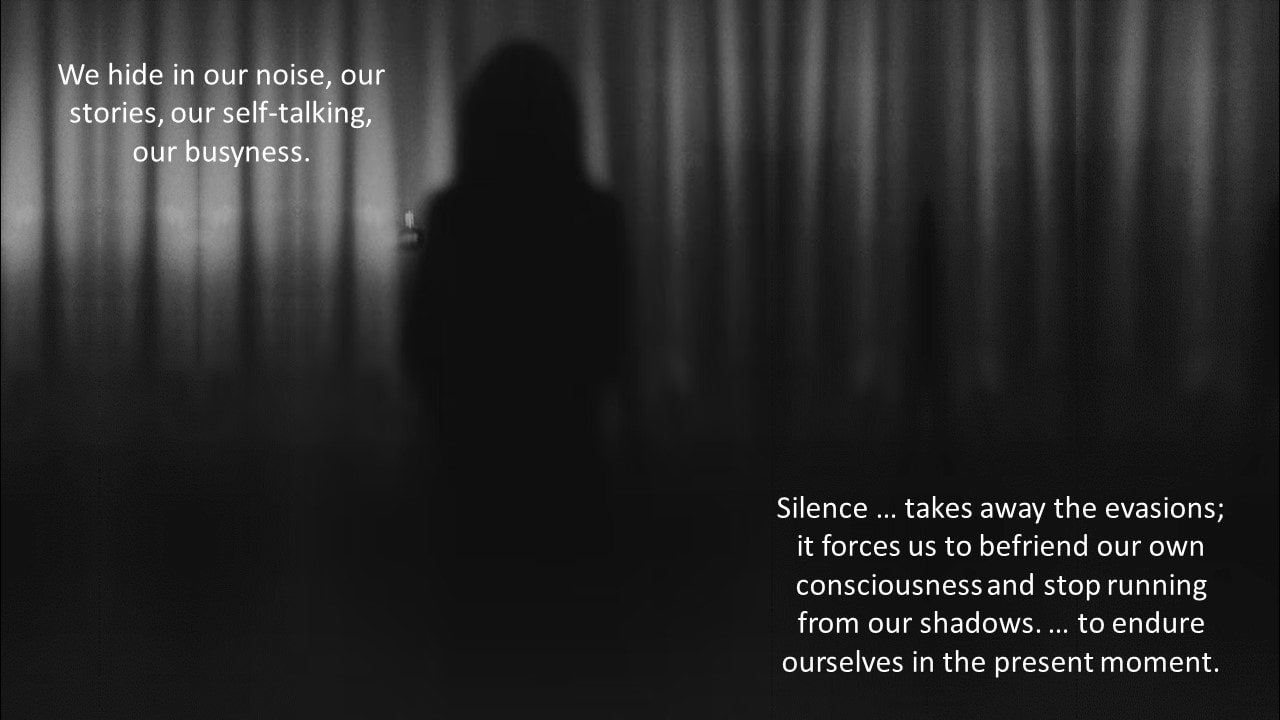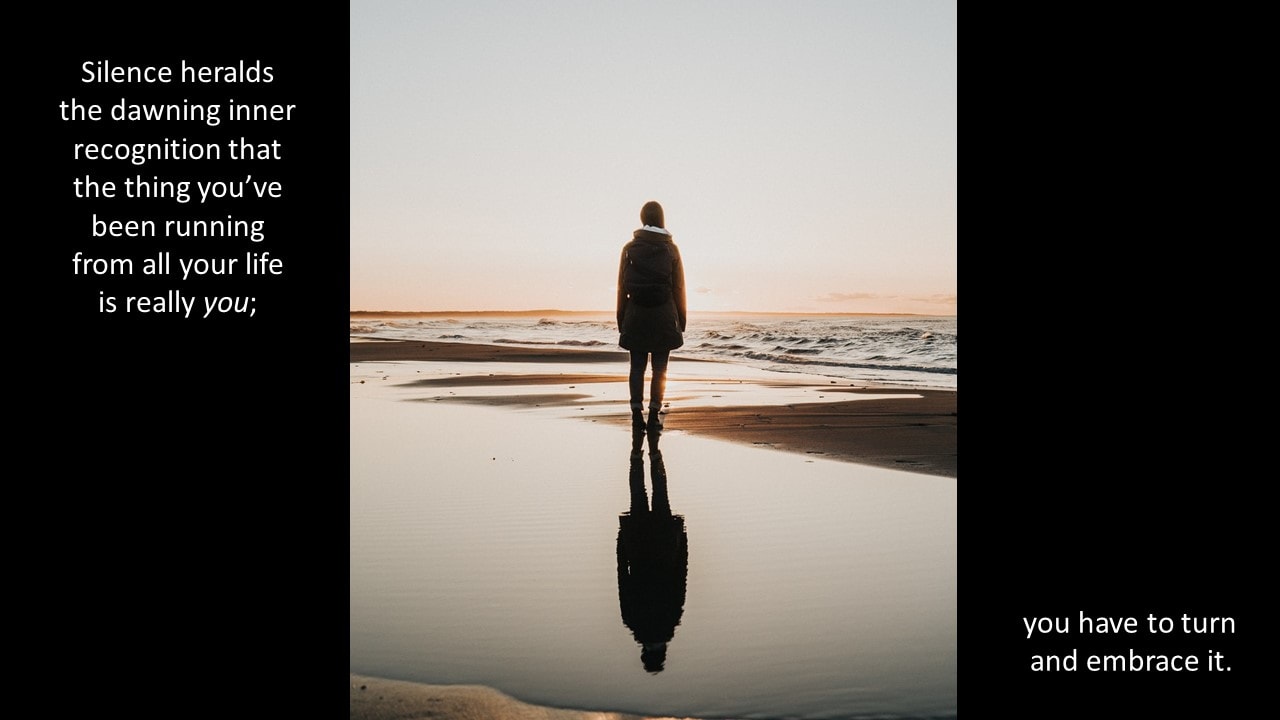In this series, some posts use short quotations but offer links to associated resources in the text below the image-backed quote. In other weeks, the short, image-backed quote are taken from a more extensive quotation from the month's author, given below the image. And in the last week of the month there are questions to encourage reflection on the month's quotations.
Quotes for each week of May will appear below in ascending date order.
Quotes for each week of May will appear below in ascending date order.
Cynthia Bourgeault, our author for May, is an Episcopal priest and was one of the core faculty teachers at the Centre for Action and Contemplation. She is best known for her writing about Centering Prayer and the integration of the Christian Wisdom and Inner traditions with the path of Conscious Love. She divides her time between her small, island hermitage off the coast of Maine, leading Wisdom School and other retreats, and lecturing widely in the USA, Canada and the UK.
Monday 2nd May, 2022
Cynthia Bourgeault, Centering Prayer and Inner Awakening (Cowley Publications, 2004), 7.
Images: Kristina Flour, unsplash.com@tinaflour and Motoki Tonn, unsplash.com@motoki
Today's very brief image-backed quote is taken from Cynthia Bourgeault's book, Centering Prayer and Inner Awakening (Cowley Publications, 2004), 7. You can read about this book here. If you have heard a little about Centering Prayer as a practice of silence and want to find out more from an author who writes in a clear, honest and uncompromising way, then this is a great read. It starts simply and assumes almost no previous knowledge about silence as a spiritual discipline, but draws the reader pretty deeply very quickly. Cynthia Bourgeault is not yet very well known in the UK but is widely known and respected in Canada and America, where she was ordained as an Episcopal priest in 1979. Her doctoral research was in Medieval Studies and she has a deep knowledge and understanding of Christian mystics from this period, such as the anonymous The Cloud of Unknowing - see here for a short description - Meister Eckhart - see the Eckhart Society, here - and later mystical writers like the sixteenth-century German, Jakob Boehme (or Böhme) - see here. She writes much more extensively than within this area, addressing more esoteric ideas within the contemplative wisdom schools, primarily within Christianity, but also dipping into the riches of contemplative writing from other faith traditions. She has significant involvement with The Contemplative Society, here, who support and promote her work, as well as Wisdom Waypoints, here. Both organisations offer newsletters that carry information about teaching on zoom and in person that Cynthia is planning. Cynthia is also one of the key faculty teaching staff for Richard Rohr's Centre for Action and Contemplation, here, and has her own website, here. All the websites will carry links to her many other books. Some of these are readily accessible to readers and some are really quite demanding indeed. This page on her website gives you a good guide to where you might like to start, depending on what perspective you're coming from.
Monday 9th May, 2022
Cynthia Bourgeault, Centering Prayer and Inner Awakening (Cowley Publications, 2004), 8-9.
Image: antislavery.org/reports-and-resources/
The short quote in the image above is taken from today's longer quotation from Cynthia Bourgeault, below.
'There is an outer silence, an outer stopping of words and busy-ness, but there is also a much more challenging interior silence, where the inner talking stops as well. Most of us are familiar with this first kind of silence, although we don’t get enough of it in our spiritual nurture. It’s the kind of silence that we normally practice in retreat times and quiet days; sometimes you’ll hear it described as ‘free silence’. With a break from the usual hurly-burly of your life, you have time to draw inward and allow your mind to meander … allowing the tranquility of the setting and the relative quieting of external pressures to bring you more deeply in touch with yourself. You listen carefully to how you’re feeling, what you’re wishing. In this kind of work, the free association of your mind provides the key to the renewal, and silence furnishes the backdrop where this work can go on.
But there is another kind of silence as well, far less familiar to most Christians. In this other kind of silence, the drill is exactly the opposite. In free silence, you encourage your mind to float where it will; in this other, sometimes called ‘intentional silence’, a deliberate effort is made to restrain the wandering of the mind, either by slowing down the thought process itself or by developing a means of detaching oneself from it.
Intentional silence almost always feels like work. It doesn’t come naturally to most people, and there is in fact considerable resistance raised from the mind itself. Dealing with this internal resistance is an inevitable part of developing a practice: ninety percent of the trick in successfully establishing a practice lies in wanting to do it in the first place.'
Monday 16th May, 2022
Cynthia Bourgeault, Centering Prayer and Inner Awakening (Cowley Publications, 2004), 16.
Image: Kimberley from monstersonabike/blogspot.com, 20th Oct 2011.
The short quote in the image above is taken from today's longer quotation from Cynthia Bourgeault, below, from pages 10, 11 and 15-17 of the book.
'Why is intentional silence so important? ... Our ordinary awareness rests on the self-reflexive capacity of the human mind. Another name for "ordinary awareness" is "egoic thinking". It is the normal functioning zone of the human mind. … The person I normally take myself to be — that busy, anxious little "I" so preoccupied with its goals, fears, desires and issues — is never even remotely the whole of who I am, and to seek the fulfilment of my life on this level means to miss out on the bigger life. This is why, according to Jesus’ teaching, the one who tries to keep his "life" will lose it, and the one who is willing to lose it will find the real thing. Beneath the surface there is a deeply and vastly more authentic Self, but its presence is usually veiled by the clamour of the smaller "I" with its insatiable needs and demands. …
If you wish to experience what lies beneath, spiritual tradition teaches, the first step is simply to pull the plug on that constant self-reflexive activity of the mind. And that’s what intentional silence is set up to do. It’s like putting a stick in the spoke of thinking, so that the whole closed circuit gets derailed and the more subtle awareness at the depths of your being can begin to make its presence known. This is not how it feels to your egoic identity, of course. From the point of view of ordinary awareness, intentional silence feels like a vacuum. ... But it's not actually a vacuum down there. In fact, you could say that learning to shift to seeing with your spiritual [as opposed to "ordinary"] awareness is a lot like learning to see in the dark.
At first, everything seems totally black. but if you're patient and don't grab for the flashlight, little by little you begin to discover that you can pick out shadows and shapes, and in some mysterious way, "see". At first when you begin, it feels like a place you go to. But as the practice becomes more and more established in you so that this inner sanctuary begins to flow out into your life, it becomes more and more a place you come from.'
Monday 23rd May, 2022
Cynthia Bourgeault, Centering Prayer and Inner Awakening (Cowley Publications, 2004), 157.
Image: Catalin Pop, Romania, catalinpop.ro
This short, image-backed quote is taken from Cynthia Bourgeault's book, Centering Prayer and Inner Awakening (Cowley Publications, 2004), 157.
You can read more about this book here. If you are interested in exploring, or are already developing a Centering Prayer (CP) practice and would like to read more about it, then this is the book I would most recommend. Although there are a variety of others, including Thomas Keating's Open Mind, Open Heart: The Contemplative Dimension of the Gospel (Continuum, 1995), which is the seminal text on this spiritual discipline of silence-based prayer (see here), the book from which May's quotes have come is easier to follow, gives a wider context for the practice and is more up-to date. If you prefer watching videos with spiritual teachers as a way of learning, then here you will find a 35 minute teaching from Cynthia about CP, recorded at the 2017 Festival of Faiths in Louisville, Kentucky. This festival takes place annually in memory of the well-known Cistercian monk, Fr Thomas Merton, who was one of the key figures in reviving the interest in meditation and silence-based prayer amongst Christians through his numerous writings in the 1950s and 60s. You can read more about the Festival of Faiths, which draws together well-regarded teachers from across all of the world's key religions traditions, here. This year's festival, entitled Sacred Stories: Contemplation and Connection, is in November and will be fully accessible on line. If you have enjoyed working with the increasing numbers of web-based courses about faith that have become available during Covid, and would like to engage with more of Cynthia Bourgeault's teaching, then there are a variety of courses from her available on her page of Spirituality & Practice website, here.
Monday 30th May, 2022
Cynthia Bourgeault, Centering Prayer and Inner Awakening (Cowley Publications, 2004), 157.
Image: Jeremy Vessey, Prince Edward Island, Canada, instagram.com/jeremyvessey
This short, image-backed quote is taken from Cynthia Bourgeault's book, Centering Prayer and Inner Awakening (Cowley Publications, 2004), 157.
The last week of each month in the 'Quoting Silence: A month with ...' series offers some questions to help you reflect further on the month's quotations and images, and how they resonate with your own spiritual journey and relationship with God.
Before reflecting on this month's quotes and images, take time to re-ground yourself in your body.
Perhaps take a few slow breaths, feel your feet on the floor and be aware of how your body feels in this moment.
1) Read back over the this month's quotes and spend time looking at their associated images. As you do so, note a phrase or image that draws your attention. If this is a phrase, you might like to write this out in a journal or on a piece of paper where you will see it regularly. Consider reading aloud several times what you have written to help the words sink more deeply into your heart. If an image resonates with you, let your gaze rest lightly on it for a couple of minutes, allowing it to speak to your heart. Consider using it as a screensaver for a while, or perhaps print it out and place it somewhere that you will see it often..
2) What emerges as you sit with the phrase or image that attracted your attention? Does a new insight or a question, emotion or sensation arise? Take some time to write down and ponder on whatever you notice.
3) Where can you see hope in the midst of what is emerging in you, for yourself, your neighbour, your community, or the planet? How might this impact your daily life and those with whom you share it?
4) In the days and weeks to come, how can you stay open to what you have discovered from your reflections?
Take some time to give thanks for the hope that you have found in this month's quotes and images.
|
To return to the Quoting Silence: A month with ... Collection, click the button.
|
